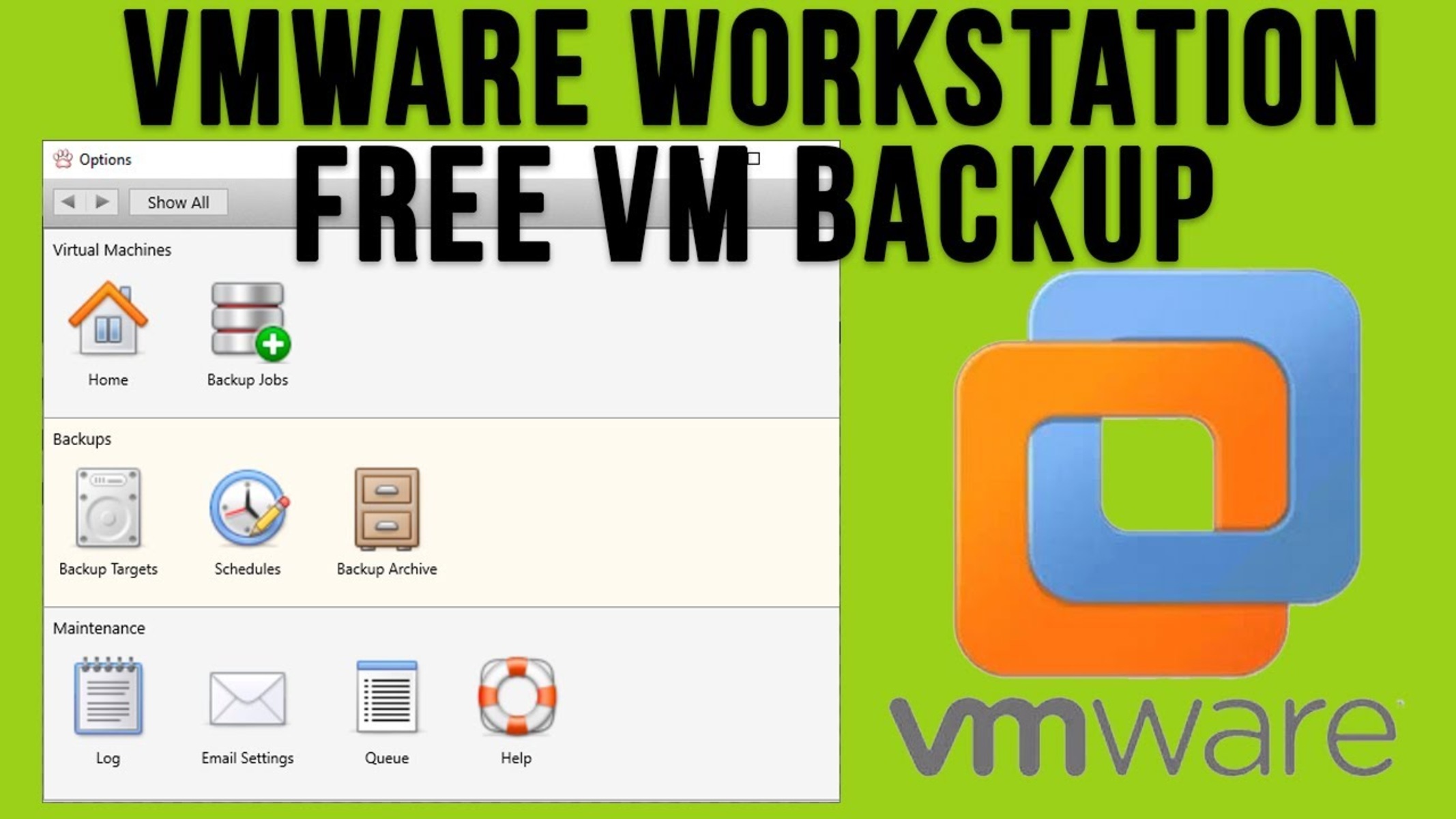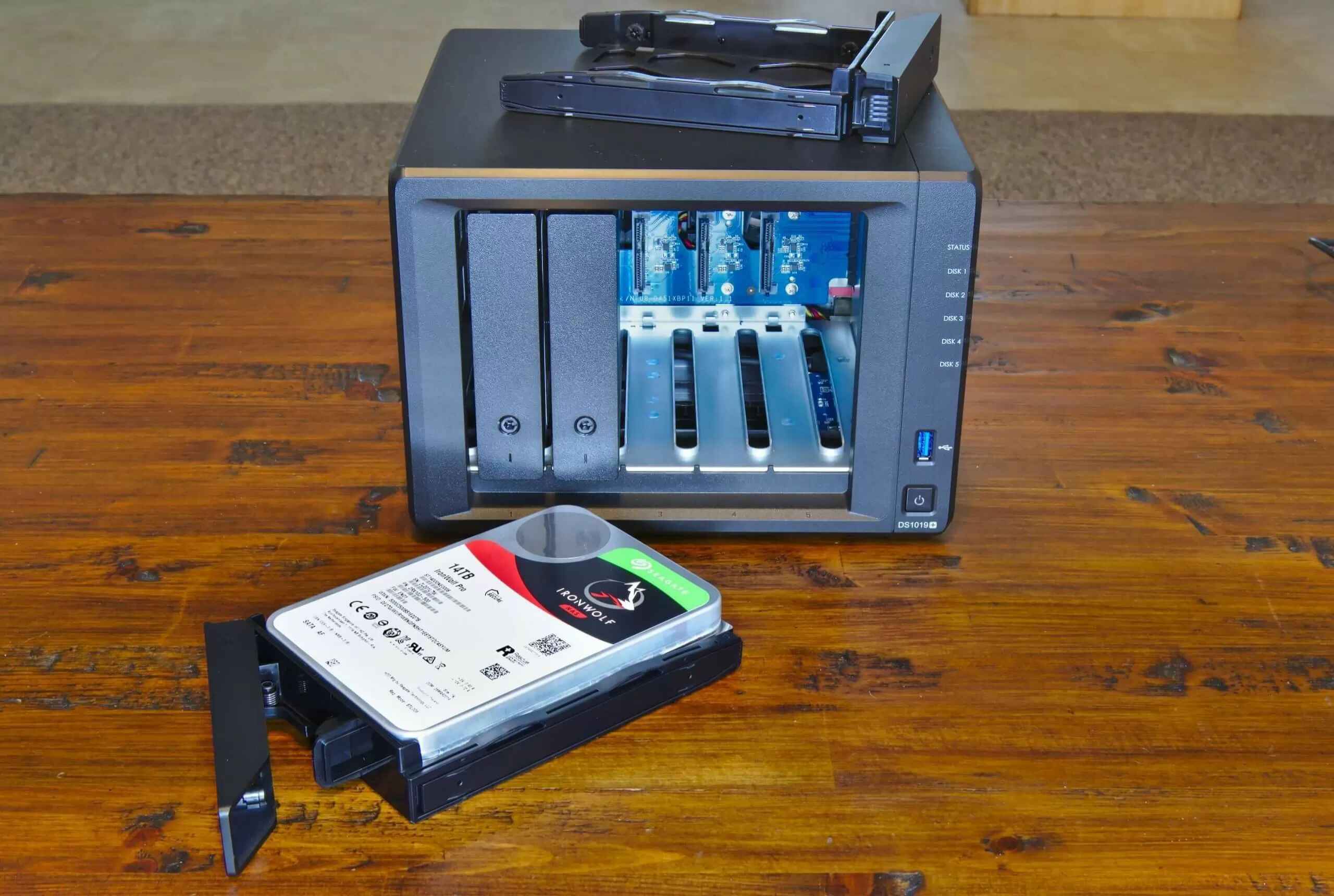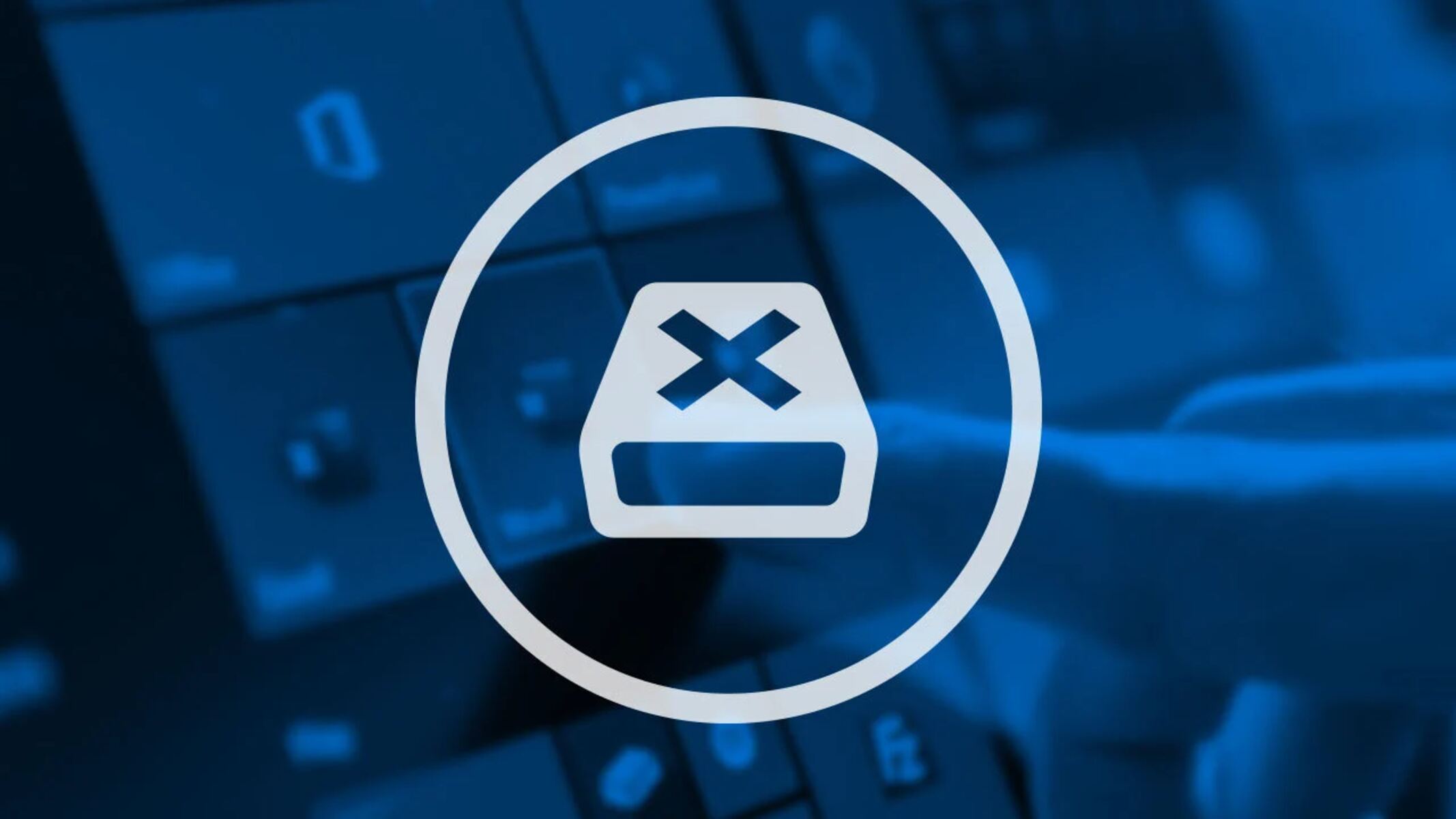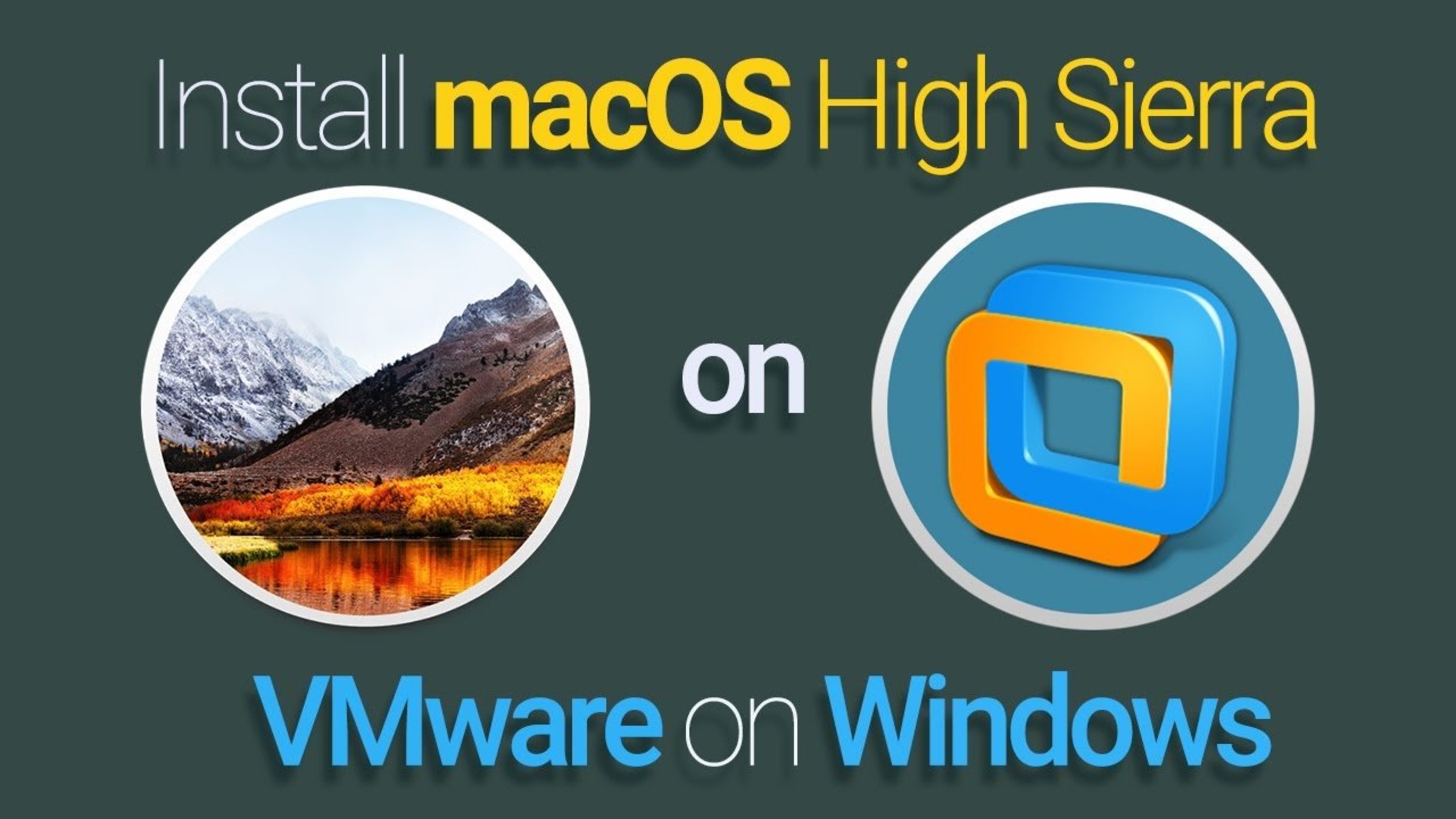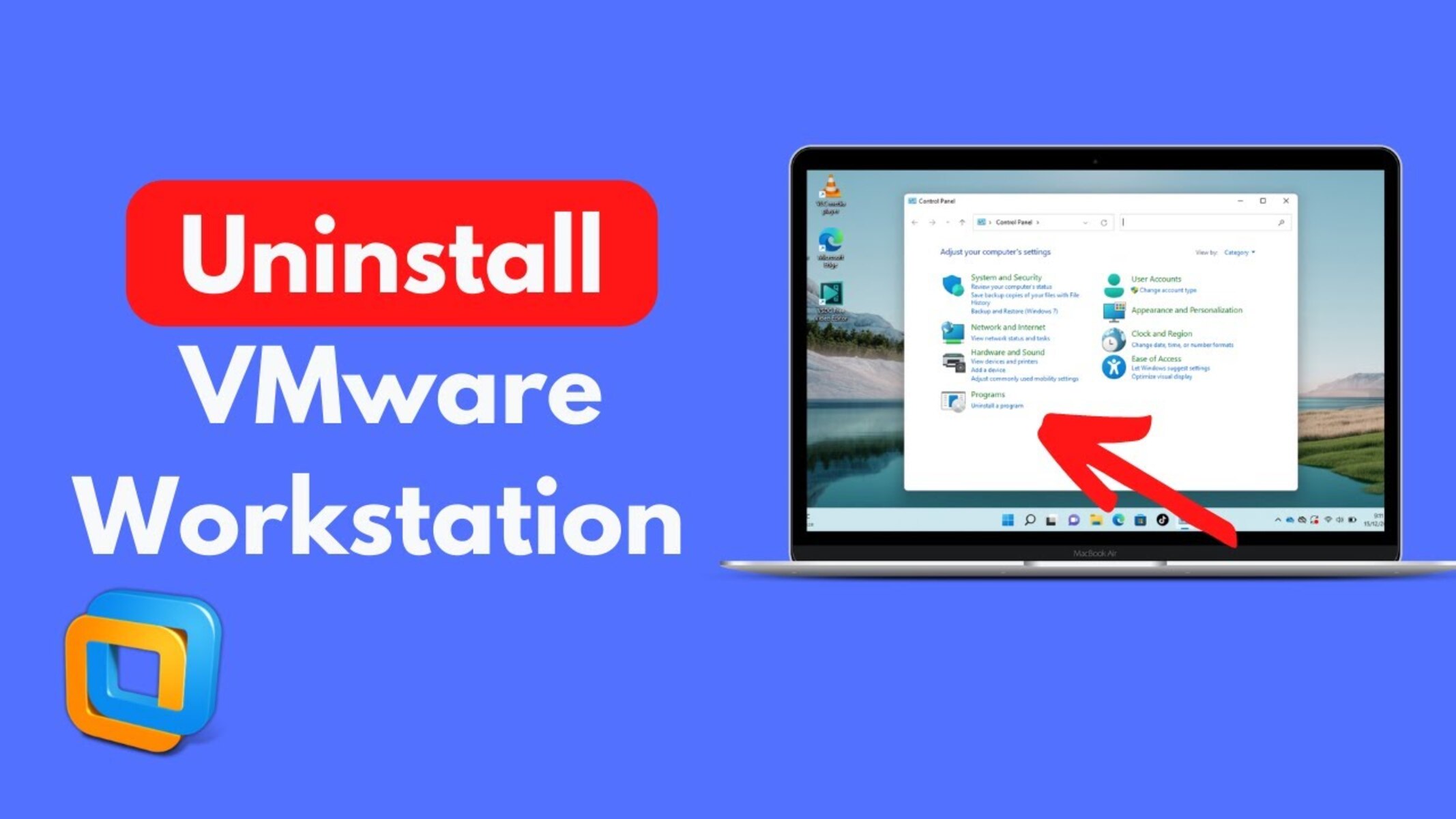Introduction
Are you interested in setting up a powerful and flexible network-attached storage (NAS) system? Look no further than FreeNAS. FreeNAS is a popular open-source operating system designed to transform a regular computer into a robust NAS device. Whether you need a home media server, file storage solution, or a backup system, FreeNAS has got you covered.
Setting up FreeNAS on VMware Workstation allows you to create a virtual NAS environment, giving you the flexibility to experiment and explore its features without investing in dedicated hardware. With FreeNAS, you can take advantage of features such as data protection, high availability, and easy sharing across various devices within your network.
In this article, we will walk you through the step-by-step process of installing FreeNAS on VMware Workstation. Whether you’re a beginner or have some experience with virtualization, this guide will help you get up and running with FreeNAS in no time.
Before we dive into the installation process, let’s first go over the prerequisites to ensure a smooth setup. These prerequisites include having VMware Workstation installed on your computer and downloading the FreeNAS installation ISO file. Once you have these in place, we can proceed with the installation.
So, if you’re ready to unleash the power of FreeNAS and transform your computer into a feature-packed NAS system, let’s get started with the installation process and configuration of FreeNAS on VMware Workstation.
Prerequisites
Before you begin installing FreeNAS on VMware Workstation, there are a few prerequisites you need to have in place. These include:
1. VMware Workstation: Make sure you have VMware Workstation installed on your computer. You can download the latest version of VMware Workstation from the official website and follow the installation instructions provided.
2. FreeNAS Installation ISO: You will also need the FreeNAS installation ISO file. Visit the official FreeNAS website and download the appropriate version of FreeNAS for your system. The ISO file contains the necessary files to install FreeNAS on your VMware virtual machine.
3. Minimum Hardware Requirements: Ensure that your computer meets the minimum hardware requirements to run FreeNAS. You will need a compatible 64-bit processor, at least 8GB of RAM, and sufficient storage space for your virtual machine. Additionally, make sure virtualization is enabled in your computer’s BIOS settings.
4. Network Configuration: Configure your network settings properly. Make sure that your computer is connected to the network and has internet access. You will need a network adapter configured in bridged mode to allow the FreeNAS virtual machine to communicate with other devices on your network.
5. Basic Knowledge: While this guide provides detailed steps, it is helpful to have a basic understanding of virtualization concepts and VMware Workstation functionalities. Familiarize yourself with terms such as virtual machines, virtual hardware, and virtual network settings.
By ensuring you have the necessary prerequisites in place, you will have a smooth installation experience and be well-prepared to set up FreeNAS on VMware Workstation. Take the time to download and install VMware Workstation, obtain the FreeNAS installation ISO, confirm your hardware meets the requirements, configure your network settings, and familiarize yourself with virtualization concepts. Once you have completed these prerequisites, you are ready to proceed to the next step of setting up the virtual machine.
Step 1: Downloading FreeNAS
Downloading the FreeNAS installation ISO
To begin the installation process of FreeNAS on VMware Workstation, you need to download the FreeNAS installation ISO file. Follow the steps below to download the FreeNAS ISO:
1. Open your web browser and visit the official FreeNAS website at [www.freenas.org](https://www.freenas.org).
2. Navigate to the “Download” section of the website.
3. Choose the version of FreeNAS that matches your system architecture. If you are unsure, select the 64-bit version.
4. Once you have selected the desired version, click on the download link to start downloading the FreeNAS ISO file.
5. Depending on your internet connection speed, the download may take a few minutes. Once the download is complete, you are ready to proceed with the next steps.
Verifying the FreeNAS ISO
It is important to ensure the integrity of the downloaded FreeNAS ISO file before proceeding with the installation. Here’s how to verify the FreeNAS ISO using MD5 or SHA256 checksums:
1. Open a terminal or command prompt on your computer.
2. Navigate to the directory where you downloaded the FreeNAS ISO file.
3. Use the appropriate command to generate the checksum for the downloaded ISO file. For example, to generate an MD5 checksum, you can use the command:
md5sum freenas-x64.iso
Replace “freenas-x64.iso” with the actual filename of the downloaded ISO.
4. Compare the generated checksum with the checksum provided on the FreeNAS website. The checksums are usually available in a text file accompanying the download link.
5. If the checksums match, it means that the downloaded ISO file is intact and ready for installation. If the checksums do not match, you should redownload the ISO file to ensure its integrity.
By following these steps, you can successfully download the FreeNAS installation ISO and verify its integrity. Once you have completed this step, you are ready to proceed to the next section, where we will set up the virtual machine on VMware Workstation.
Step 2: Setting up the Virtual Machine
Creating a New Virtual Machine in VMware Workstation
Now that you have downloaded the FreeNAS installation ISO, the next step is to set up a virtual machine in VMware Workstation to install FreeNAS. Follow these steps to create a new virtual machine:
1. Open VMware Workstation on your computer.
2. Click on “File” in the menu bar, then select “New Virtual Machine” or use the keyboard shortcut “Ctrl+N”.
3. The New Virtual Machine Wizard will open. Select “Typical” and click “Next”.
4. Choose “Installer disc image file (iso)” and click “Browse” to locate the FreeNAS ISO file you downloaded. Once selected, click “Next”.
5. Enter a name for your virtual machine and choose a location to save it on your computer. Click “Next” to proceed.
6. Select the appropriate guest operating system, which is “FreeBSD 64-bit”. Click “Next”.
7. Specify the disk capacity for the virtual machine. The recommended size for FreeNAS is at least 20GB, but you can allocate more if you require additional storage. Select “Store virtual disk as a single file” for better performance. Click “Next” to continue.
8. Review the virtual machine’s hardware specifications, such as memory size and network adapter settings. Adjust them if necessary, or leave them as default. Click “Finish” to create the virtual machine.
Configuring Virtual Machine Settings
After creating the virtual machine, you need to configure its settings to optimize the installation of FreeNAS. Follow these steps to configure the virtual machine settings:
1. Select the virtual machine you just created from the VMware Workstation home screen.
2. Click on “Edit virtual machine settings” or use the keyboard shortcut “Ctrl+D” to open the virtual machine settings.
3. In the “Hardware” tab, check that the virtual machine has at least 8GB of memory allocated. You can increase the memory if your system allows it.
4. Click on the “Network Adapter” option in the hardware tab. Set the network connection to “Bridged” mode for better network connectivity.
5. Review the other settings such as processor, display, and storage as per your requirements.
6. Click “OK” to save the changes and close the settings window.
By following these steps, you have set up a virtual machine in VMware Workstation and configured its settings to install FreeNAS. In the next section, we will proceed with the installation of FreeNAS on the virtual machine.
Step 3: Installing FreeNAS
Booting the Virtual Machine with FreeNAS ISO
With the virtual machine created and its settings configured, it’s time to install FreeNAS. Follow these steps to boot the virtual machine with the FreeNAS ISO:
1. Select the virtual machine you created in the VMware Workstation home screen.
2. Click the “Play Virtual Machine” button or use the keyboard shortcut “Ctrl+U” to power on the virtual machine.
3. The virtual machine will now boot from the FreeNAS ISO. Press any key within the specified time frame to enter the boot menu.
Installing FreeNAS on the Virtual Machine
After accessing the boot menu, follow these steps to install FreeNAS on the virtual machine:
1. Select the “Install/Upgrade” option from the FreeNAS boot menu and press Enter.
2. Choose the console type you prefer. For most users, the default option “VGA” is suitable. Press Enter to proceed.
3. FreeNAS will now load the necessary files and present you with the installation wizard. Select your preferred language and keyboard layout, and press Enter.
4. Read and accept the FreeNAS license agreement by typing “Agree” and pressing Enter.
5. Choose the device on which to install FreeNAS. Typically, you will see a single disk available in the virtual machine. Select the appropriate disk and press Enter.
6. Next, select the installation mode. For a regular installation, choose “Install/Upgrade” and press Enter.
7. The installation process will begin, and you will see a progress bar indicating the installation status.
8. Once the installation is complete, you will be prompted to reboot the virtual machine. Press Enter to restart.
Removing the ISO and Starting FreeNAS
After the virtual machine restarts, follow these steps to remove the ISO and start FreeNAS:
1. Power off the virtual machine by clicking “Power” in the VMware Workstation menu and selecting “Shut Down Guest”.
2. With the virtual machine powered off, go to the virtual machine settings by selecting the virtual machine in the VMware Workstation home screen and clicking “Edit virtual machine settings”.
3. In the virtual machine settings, go to the “CD/DVD” option under the “Hardware” tab. Select “Disconnect” to remove the FreeNAS ISO.
4. Click “OK” to save the changes and close the settings window.
5. Power on the virtual machine again by clicking the “Play Virtual Machine” button or using the keyboard shortcut “Ctrl+U”.
Once the virtual machine starts without the ISO, FreeNAS will boot and load its graphical interface. In the next section, we will configure FreeNAS to set it up according to your requirements.
Step 4: Configuring FreeNAS
Accessing the FreeNAS Web Interface
After the installation of FreeNAS, the next step is to access the FreeNAS web interface for configuration. Follow these steps to access and configure FreeNAS:
1. Open a web browser on your computer and enter the IP address of your FreeNAS virtual machine. The IP address can be obtained from the console of the virtual machine or from your router’s DHCP client list.
2. Press Enter to load the FreeNAS web interface. You may be prompted to enter login credentials, which are the default username “admin” and password “freenas”.
Initial Configuration Wizard
Upon successful login, you will be guided through an initial configuration wizard to set up FreeNAS. Follow these steps to complete the configuration:
1. Set the password for the admin account. Enter a strong password and confirm it.
2. Configure the network settings by selecting the appropriate interface, setting a static IP address, or using DHCP.
3. Set the Time Zone, Date, and Time to ensure accurate system time.
4. Choose whether to enable or disable the periodic update checks.
5. Review the summary of the configuration and click “Save and Exit” to apply the changes.
Configuring Storage
Now that the initial configuration is complete, you can proceed with configuring storage on FreeNAS. Follow these steps to configure storage:
1. In the FreeNAS web interface, click on “Storage” in the top menu and select “Pools”.
2. Click on the “Add” button to create a new pool. Follow the steps to select disks, choose a redundancy level (RAID-Z, RAID-Z2, etc.), and configure the pool.
3. Next, you can create datasets within the pool. Datasets are logical partitions that allow you to organize and manage your data. Click on “Add” under “Data Sets” and provide a name and other details for the dataset.
4. Optionally, you can configure sharing and permissions for the datasets to define access rights for different users or groups.
Additional Configuration
Depending on your specific requirements and workflow, you may want to explore and configure additional features in FreeNAS, such as setting up user accounts, creating shares, configuring services (such as AFP, NFS, or Samba), and enabling plugins or virtual machines.
By following these steps, you can successfully configure FreeNAS according to your needs. Take the time to explore the various options and functionalities within FreeNAS to optimize your NAS setup.
Step 5: Accessing FreeNAS Web Interface
Accessing FreeNAS Web Interface
Once you have configured FreeNAS, it’s time to access the web interface and start utilizing the features of your NAS system. Follow these steps to access the FreeNAS web interface:
1. Open a web browser on any computer connected to the same network as your FreeNAS virtual machine.
2. Enter the IP address of your FreeNAS virtual machine in the address bar of the web browser.
3. Press Enter to load the FreeNAS web interface login page.
4. Enter the username and password you set during the initial configuration process.
5. Click “Login” to access the FreeNAS web interface.
Exploring the FreeNAS Web Interface
After successfully logging in to the FreeNAS web interface, you will see the main dashboard with a variety of options and tabs. Here’s a brief overview of what you can explore:
1. Dashboard: The dashboard provides an overview of system status, resource utilization, and any important notifications.
2. Storage: You can view and manage your storage pools, datasets, volumes, and disks in this section. It is where you can configure and monitor your storage spaces.
3. Services: Here, you can manage various services and protocols like SMB/CIFS, NFS, AFP, iSCSI, FTP, and more. You can enable or disable services, configure settings, and manage access permissions.
4. Network: This section allows you to manage network interfaces, set up VLANs, define IP settings, and configure network-related features.
5. Accounts: In the accounts section, you can create and manage user accounts, groups, and permissions. This enables you to control access to your shared resources.
6. Plugins: FreeNAS supports plugins that expand its capabilities. In this section, you can install, update, and manage various plugins such as Plex Media Server, Transmission, and OwnCloud.
7. Settings: Here, you can configure system-wide settings, including time and date, email notifications, certificates, and system updates.
8. Tasks: From snapshots to replication, tasks let you automate various operations, such as backing up data or synchronizing with remote systems.
Customizing and Using FreeNAS
Now that you are familiar with the different sections and features of the FreeNAS web interface, you can customize and utilize FreeNAS based on your specific storage and sharing needs. Take some time to explore the options and settings available to fine-tune your NAS system.
Remember to regularly check system health, review storage utilization, and perform necessary maintenance tasks to ensure optimal performance and data integrity.
By accessing the FreeNAS web interface, you have full control over your NAS system. Enjoy the flexibility, reliability, and power that FreeNAS brings to your network storage environment!
Conclusion
Congratulations! You have successfully installed and configured FreeNAS on VMware Workstation, transforming your computer into a powerful network-attached storage system. By following the steps outlined in this guide, you have created a virtual machine, installed FreeNAS, and accessed the web interface to configure and customize your NAS system.
FreeNAS provides a host of features, including data protection, high availability, sharing options, and plugin support, making it an ideal solution for your storage needs. With its user-friendly web interface, managing and accessing your data becomes effortless.
Remember to regularly monitor and maintain your FreeNAS system. Check storage utilization, perform backups, and keep your system up to date with the latest updates and security patches.
Whether you’re using FreeNAS for personal or small business use, you now have a powerful storage platform that offers flexibility, reliability, and seamless integration into your network.
As you continue to explore FreeNAS, take advantage of its vast array of features, such as setting up user accounts, configuring sharing permissions, and utilizing plugins to enhance functionality. Make sure to refer to the FreeNAS documentation and community resources for further assistance and guidance.
With FreeNAS, you can confidently store and manage your data, create media servers, backup critical files, and enjoy peace of mind knowing that your storage needs are in capable hands.
Thank you for following this guide, and we hope that your FreeNAS setup brings you the convenience and satisfaction of having a robust network-attached storage solution at your fingertips.









